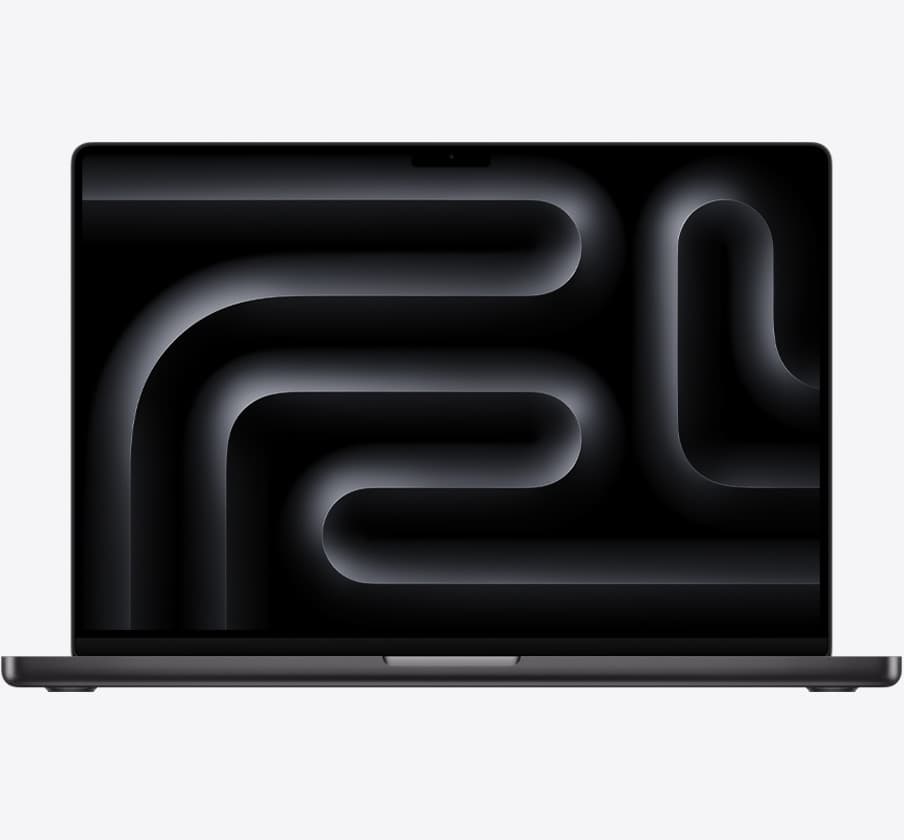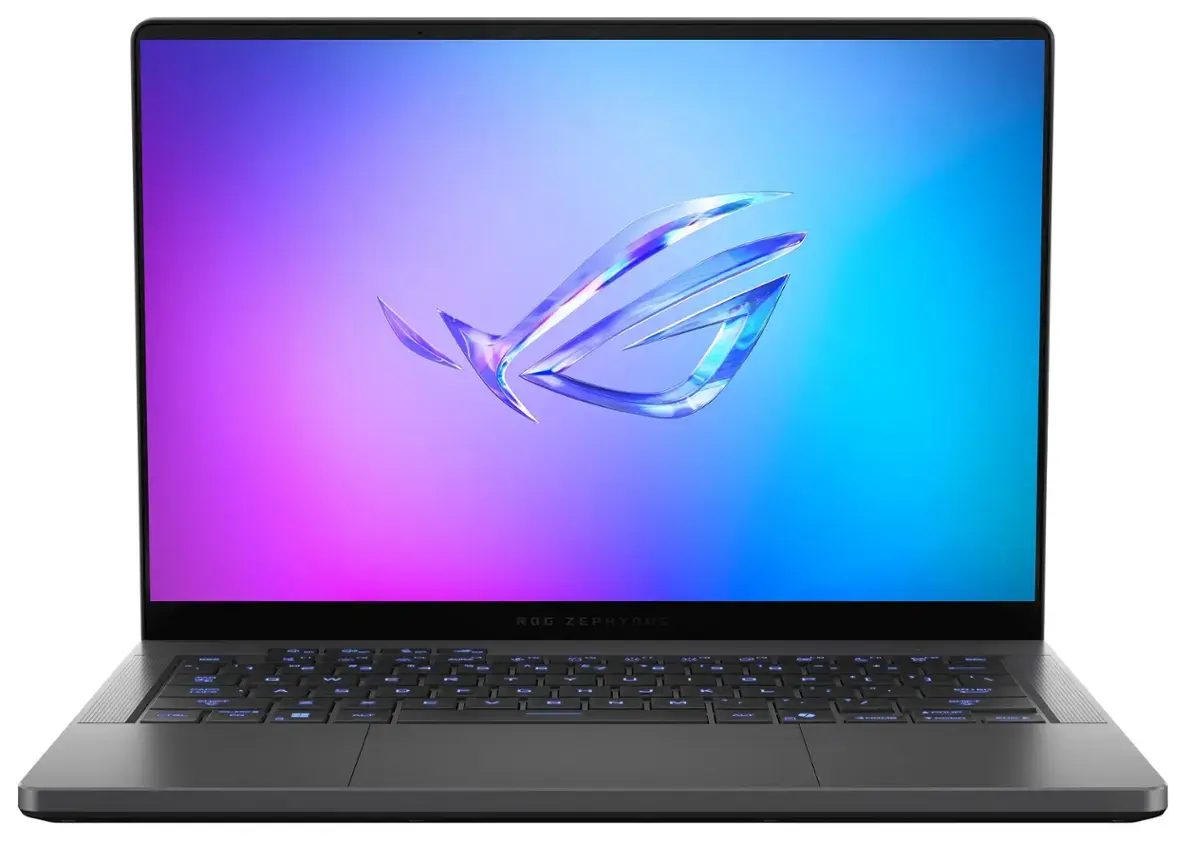ASUS ProArt P16 Review: Best Creator Laptop of 2025
October 22, 2025
|
ProArt P16
Summary
ASUS’s ProArt P16 has been a favorite among content creators since its 2024 release, but this year’s refresh makes it even better.
Table of contents:
Laptops in this Article
16 Inches | 4 TB | 64 GB | Ryzen AI 9 HX 370 | RTX 5090
16 Inches | 1 TB | 48 GB | M4 Max 16-Core | M4 Max 40-Core GPU
On Sale
Good Deal
16 Inches | 1 TB | 32 GB | Core Ultra 9 285H | RTX 5070 Ti
Summary: The Creator’s Dream (With a Catch)
If you’re a Windows-based creator, the new ProArt P16 might be your ideal machine—at least if your wallet allows it. The chassis is premium, the OLED display is stunning, and the performance is more than enough for photo, video, or 3D work. This is all while being the lightest in its class.
However, ASUS complicates things by offering three configurations:
- RTX 5070 | 4K 60Hz OLED
- RTX 5070 | 2.8K 120Hz OLED
- RTX 5090 | 4K 120Hz Tandem OLED
While all are beautifully built, it’s the top-tier 5090 version that truly shines. Its Tandem OLED panel fixes the brightness and refresh rate problem we had with last year’s model which makes this laptop one of the best Windows options for professional creators.
That said, the 5070 models face stiff competition from Lenovo’s Legion 7i and Yoga Pro 9i, both offering similar performance for less.
16 Inches | 4 TB | 64 GB | Ryzen AI 9 HX 370 | RTX 5090
Pros
- 5090 version is a standout with its Tandem OLED panel and great performance
- High resolution and high refresh rate screen options
- Excels in creator tasks
- Games decently well
- Comfortable keyboard
- Never gets too hot
Cons
- 5070 versions are not as competitive, <400 nit screens and lesser performance
- Some fan noise even in lighter use
- Less efficient than a MacBook Pro
- Average battery life
- Always a little warm
Performance
CPU performance is solid, not groundbreaking. The P16 still uses the AMD HX 370 chip, which performs on par with Intel’s Core Ultra 9 H-series CPUs. Single-core scores are among the best in its class, but multi-core results fall behind the HX variants and Apple’s M4 Max.
Power draw remains well-balanced: the P16’s HX 370 consumes about the same wattage as the Intel 285H in ASUS’s Zephyrus G16, trading blows in both performance and efficiency.
GPU & Creative Workloads
When it comes to creative work, GPU choice matters most—and here’s where the configurations start to separate.
In Adobe Premiere Pro, the RTX 5090 model leads the pack, even though ASUS limits its GPU to 130W (down from the full 175W spec). The performance hit is only about 13% compared to thicker 18-inch gaming laptops with the same chip, which is an impressive trade-off for such a portable system.
The RTX 5070 models also perform well, but their limited wattage means they only marginally outperform laptops like Lenovo’s Yoga Pro 9i (with an RTX 5060).
In DaVinci Resolve, the 5090 version competes neck-and-neck with Apple’s MacBook Pro 16 (M4 Max), making it one of the strongest Windows laptops for video editing in its weight class.
For gaming, the P16 does fine—but you shouldn’t buy it for that. The cheaper Predator Helios Neo 16S or Zephyrus G16 deliver far better gaming value. The ProArt’s lower GPU wattage and creator-focused optimizations mean you’re paying for design and display quality, not frame rates.
16 Inches | 1 TB | 32 GB | Core Ultra 9 285H | RTX 5070 Ti
Pros
- Fan noise is minimal for a gaming laptop
- Very light and portable for a powerful laptop with a 16 inch screen
- Display is great - OLED, Fast Refresh Rate, High Resolution, G Sync, Advanced Optimus
- Great speakers
- Batery life is good for a gaming laptop
Cons
- GPU does not run at full wattage. The RTX 5080 and 5090 models perform poorly. Get the 5070 Ti
- Keyboard doesn't feel as comfortable as the Razer Blade 16
- Webcam is grainy
16 Inches | 1 TB | 32 GB | Core Ultra 9 275HX | RTX 5070 Ti
Pros
- Pricing is excellent for a thin powerful gaming laptop
- Very fast CPU for a thin and light gaming laptop
- Light and compact for the performance it offers
- Keyboard is good. Very quiet to type on with large arrow keys
- 2.5 Gbe Ethernet
- Replaceable Memory, Storage, Wi-Fi, Battery
- Keyboard is comfortable
Cons
- Bad battery life
- Feels warm
- Loud fan noise during performance use
- Lid picks up fingerprints
- Not as premium feeling as the Blade 16 or Zephyrus G16
- Ports far down the laptop, may get in your way
On Sale
Display Options
The displays are a highlight this year, though not all are created equal.
All three panels are glossy touchscreens with stunning color accuracy, making them ideal for editing and design work. Only the Tandem OLED in the 5090 version offers the brightness to combat reflections in bright environments, around 700 nits. The other two are capped around 400,which continues the trend from last year's model.
There’s also no G-Sync or Advanced Optimus, reaffirming that this laptop targets creators first, not gamers.
Heat and Fan Noise
During rendering or GPU-intensive workloads, the ProArt P16 gets warm on the top middle of the keyboard but never uncomfortably so. Fan noise peaks around 56 dB, which is in line with most gaming laptops, but it remains quiet under light use. Switching to Balanced mode reduces fan noise slightly with minimal performance loss.
One quirk we noticed: the fans sometimes spin up randomly during light tasks or even in meetings, and the chassis stays mildly warm at all times. It’s not a dealbreaker, but it’s worth noting if these issues would annoy you.
Battery Life
Battery life is average. The 5070 and 5090 versions last about the same despite the brighter screen on the latter. You’ll get several hours of light productivity or video playback, but not MacBook-level endurance. On battery, performance also drops more sharply than on Apple’s M-series laptops, though ASUS has improved the drop-off from last year’s model.
If you prioritize battery life over sheer display quality, a MacBook Pro 16 (M4 Max) still wins by a wide margin.
16 Inches | 1 TB | 48 GB | M4 Max 16-Core | M4 Max 40-Core GPU
Pros
- Extremely Powerful
- Long Battery Life
- Fantastic Display - High Resolution, Fast Refresh Rate, Bright
- Extremely Power Efficient
- Minimal Fan Noise (If Any)
- Lots of Memory as Standard
- Good Keyboard and Trackpad
- Good Webcam
- Excellent Speakers
Cons
- No Wi-Fi 7
- Expensive
Design and Build
The P16’s chassis feels nearly identical to last year’s model—sleek, sturdy, and made entirely of black-coated aluminum. There’s virtually no keyboard or screen flex, and even the slightly thicker 5090 variant feels impressively light for its class.
Keyboard and Trackpad
The backlit white keyboard feels premium, with solid travel and a soft coating on the keys. There’s no RGB lighting (unlike the Zephyrus G16), but the centered layout without a numpad provides a clean, modern look.
The trackpad is smooth with a muted click and includes the ASUS Dial in the upper-left corner. The Dial’s responsiveness has improved, but its speed control still feels inconsistent—too slow for timeline scrubbing, too fast for zooming. Most of our testers still preferred using a mouse. A haptic trackpad, at least on the flagship model, would have elevated the experience.
Ports and Connectivity
ASUS kept the same excellent port selection as before:
- Left: proprietary charger, HDMI 2.1 (dGPU only), USB 4 (40 Gbps), USB-A 3.2 (10 Gbps), audio jack
- Right: USB-C 3.2 (10 Gbps, dGPU only), USB-A 3.2 (10 Gbps), SD Express 7.0 card reader (up to 985 MB/s)
The only real disappointment is that the right-side USB-C port isn’t as fast as the left one and lacks iGPU routing. Wi-Fi 7 and Bluetooth 5.4 come standard.
Upgradeability
Inside, access is tricky—several different screw lengths and hidden screws under the rubber feet make it a bit tedious. Once opened, you can replace the two M.2 SSD slots, Wi-Fi card, and battery, but the RAM is soldered.
Cooling differs by configuration: the 5090 model uses a vapor-chamber cooler, while the 5070s rely on a triple-fan setup.
Verdict
The ASUS ProArt P16 lineup delivers premium build quality, excellent color-accurate displays, and top-tier creative performance. However, only the RTX 5090 Tandem OLED configuration truly lives up to its high price. It is one of the best Windows laptops for creators seeking maximum performance in a portable chassis.
If $4,000 is too steep (which is completely understandable), skip the 5070 models. For similar performance and better value, consider the Legion 7i. It has a more comfortable keyboard and costs much less. We'd also recommend checking out the Zephyrus G16 which offers more powerful GPUs in the same chassis as the ProArt for a better value. Lastly, if you want the best Tandem OLED display, get the Yoga Pro 9i which reaches over 1000 nits. Make sure to keep an eye on our price trackers here on the site so you can get the best deal on whichever one you choose.
16 Inches | 1 TB | 32 GB | Core Ultra 9 275HX | RTX 5070
16 Inches | 1 TB | 64 GB | Core Ultra 9 285H | RTX 5070
Pros
- Tandem OLED display is absolutely stunning
- Keyboard is very comfortable
- Performs very well for a somewhat portable 16 inch laptop
- Speakers sound great
- Doesn't feel too warm to the touch
Cons
- When pushing the laptop for an extended period of time the battery drains while plugged in
- Fan noise is very audible on highest performance mode
- Trackpad is not as good as the rest of the laptop
- Shorter battery life than competitors
- SD card reader is slow
On Sale





